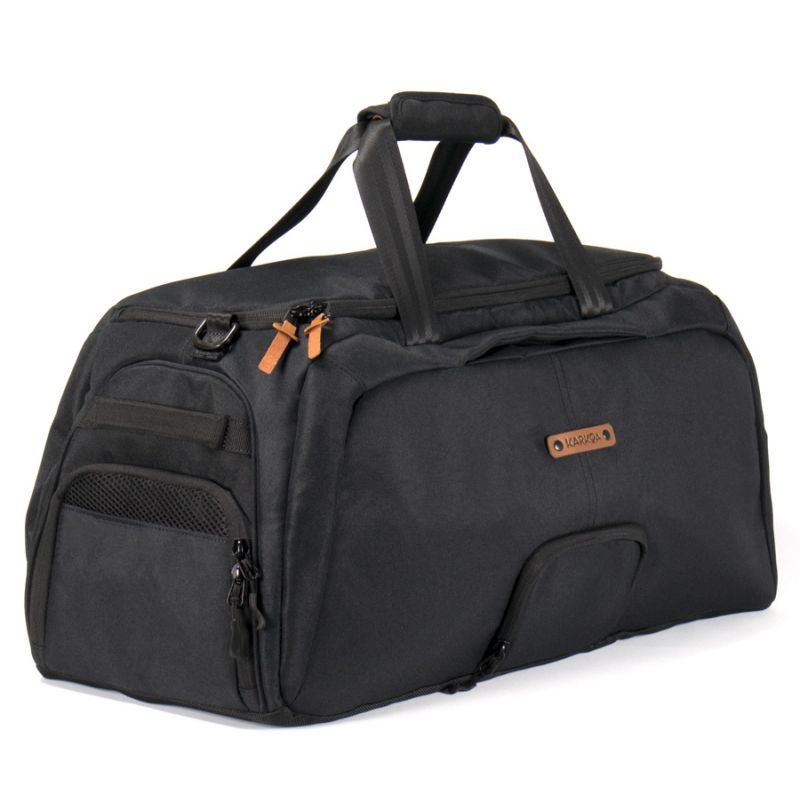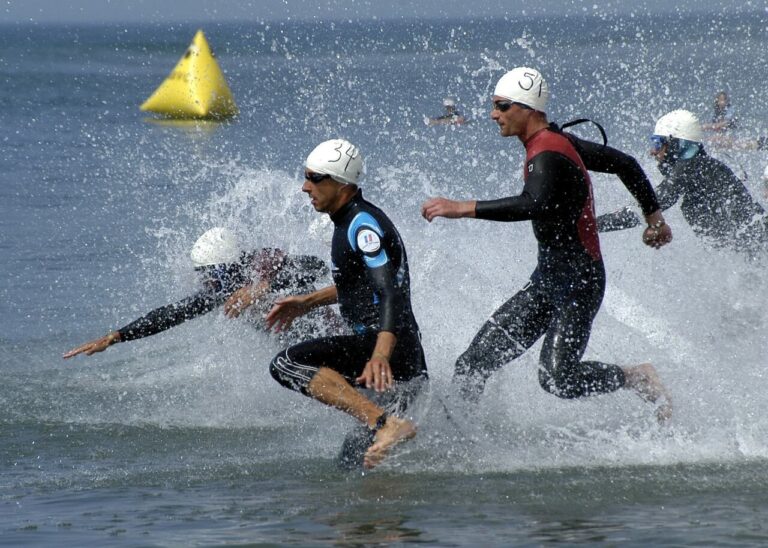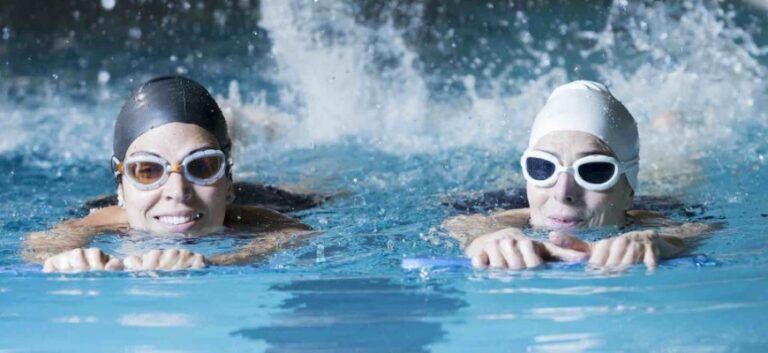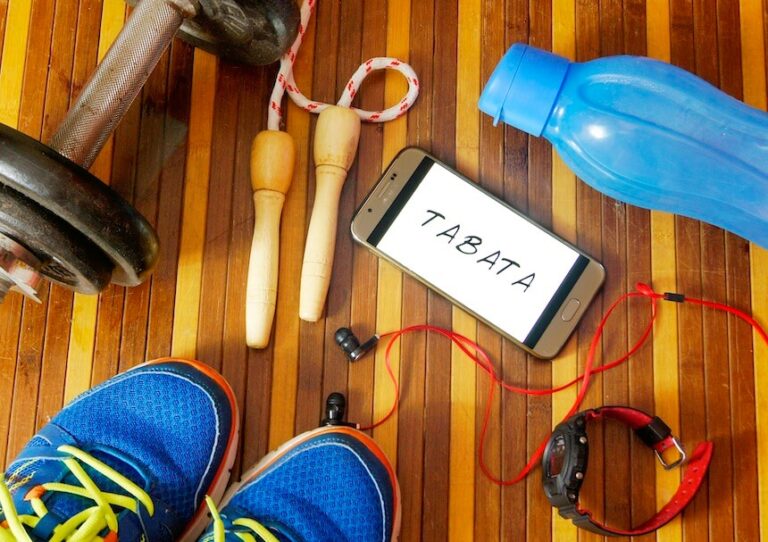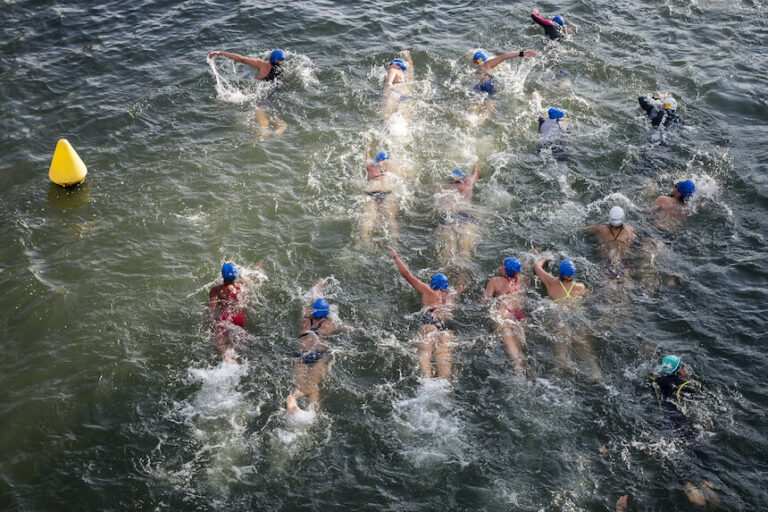The SaintéLyon race is a well-known running race that takes place between Saint-Étienne and Lyon, hence the name. Held every year in the first week of December, this year’s race celebrates its 67th edition.
One of France’s biggest and most legendary outdoor races, the SaintéLyon course is unique in that it takes place at night. The sweep of headlamps in the cold of winter is what makes it so famous. Find out more about the routes and training plans for the 2020 SaintéLyon below.
The different SaintéLyon Routes
This year, 2020, there will be 8 different races. Whether relay or solo, they will all finish in Lyon. The starting town for the SaintéLyon will differ for each race.
The SaintéLyon – 76 km
This is a 76km solo race. The start is at 11.30 p.m., from Saint-Étienne to the Parc des Expositions, on a diagonal route to Lyon. There will be a total of 4 refreshment points and 1 liquid point.
The SaintéLyon relay 2 – 76 km
This relay of two runners will start in the town of Saint-Étienne, at the Parc des Expositions. The first relay point is in Sainte-Catherine, with an initial distance of 31 km. Then, from Sainte-Catherine to Lyon, it’s 45 km.
The SaintéLyon relay 3 – 76 km
The SaintéLyon relais 3 will involve three runners. There will be a first stop in Sainte-Catherine for a distance covered of 31 km, then a second relay stop in Soucieu-en-Jarrest with a distance covered of 22 km, before finishing in Lyon after 23 km.
The SaintéLyon relay 4 – 76 km
This time, there will be 4 runners. The first relay point is in Saint-Christol after 17 km, the second in Sainte-Catherine after 14 km, the third in Soucieu-en-Jarrest after 22 km, before reaching Lyon after 23 km.
The SaintéXpress – 44 km
This is a solo race over a distance of 44km, starting in Sainte-Catherine and finishing in Lyon. It’s a maratrail that can be a good introduction for those who want to tackle the big trail the following year. The start is at 11 p.m., with 3 refreshment points in all.
The SaintéSprint – 23 km
This is a half-night race, starting in Soucieu-en-Jarrest and finishing in Lyon. There will be a single refreshment point.
The Saintétic – 12 km
This is a 12km solo run, starting at Chanopost and finishing in Lyon. The finish meal will be included.
The LyonSaintéLyon – 152 km
This is the flagship event of the SaintéLyon. The LyonSaintéLyon is a solo race reserved for a handful of runners who will be selected in advance, with a maximum of 300 race numbers. Participants must have already run the main SaintéLyon course or have completed a 60km trail with a mountain index of 3 to take part.
The LyonSaintéLyon is running for the second time this year, and the trail will be spoiling its participants with some magnificent scenery along the way. There will be a mass start from Lyon, at the Halle Tony Garnier at 9.30am. There will be 7 refreshment points, plus a meal in Saint-Étienne and a finish meal in Lyon. Once in Saint-Étienne, the runners will return to Lyon with the other runners in the 76 km SaintéLyon trail.

SaintéLyon tips and training plan
The famous trail will take place in December, so you have more than 9 months to prepare for the race or continue your physical training so you don’t miss the start of SaintéLyon.
The equipment
The SaintéLyon takes place in the middle of winter, at night. So being well equipped is essential. You need to opt for running clothes that keep your body warm. Technical clothing is ideal for this, as it retains heat, wicks away perspiration and lets the body breathe. As a single layer of clothing is often not enough, add clothing that insulates you from the cold and another layer to protect you from rain, snow or wind.
As the race takes place at night, you’ll also need a good headlamp. This should be waterproof in case of rain or perspiration, and should be light so that you hardly feel it during the race.
Race preparation tips
All running needs to be prepared, and that doesn’t just mean physical training. It’s also essential to manage your sleep and nutrition. The quality of your sleep influences your physical performance. To stay in good physical shape, you need to get the quality and quantity of sleep you need, i.e. at least 7 hours a night.
Athletes who run frequently also sweat a lot and all this water has to be compensated for. So you need to drink plenty of water to stay hydrated. Alcohol and fizzy drinks should be avoided during training. Finally, the quality of the meals you eat influences your physical fitness. As far as possible, it’s advisable to eat organic food. Give priority to proteins and vegetables rich in antioxidants, which repair muscle tissue and relieve fatigue.
SaintéLyon training plan
The SaintéLyon is a race that you have to prepare for several months in advance. According to the coaches, you need to have been running 2 or 3 times a week for at least 18 months in order to tackle the SaintéLyon course. What’s more, you’ll also need to train at night to adapt to the real conditions of the famous race.
Numerous training plans are available online, and you can also draw up your own so that the plan is better suited to your physical condition and pace. For a short trail, 10 weeks of training are enough, whereas you need at least 16 weeks for an ultra-trail, bearing in mind that running regularly for years is a necessary condition, over and above training over a few weeks.
A typical SaintéLyon training plan consists of one endurance session of 30 minutes to an hour per day for the first few weeks. You should then alternate these jogging sessions between flat and hilly terrain. As the weeks progress, the exercises should evolve and the hours of endurance increase.
And if you’re training after work, consider using a Karkoa compartmentalised sports backpack to keep your shoes, laptop and clean clothes separate!





